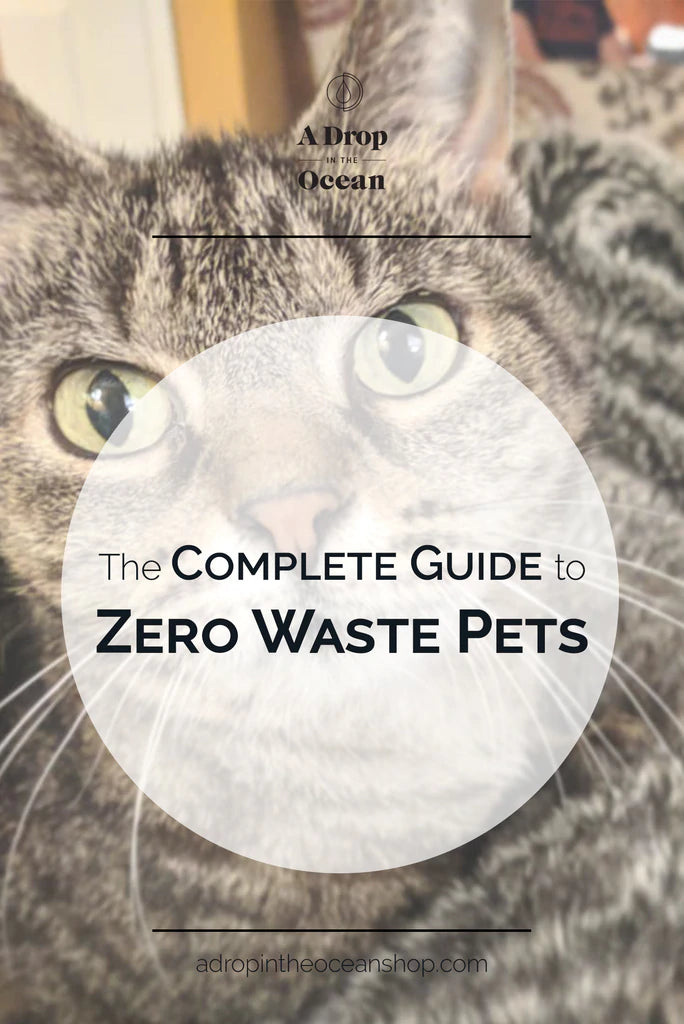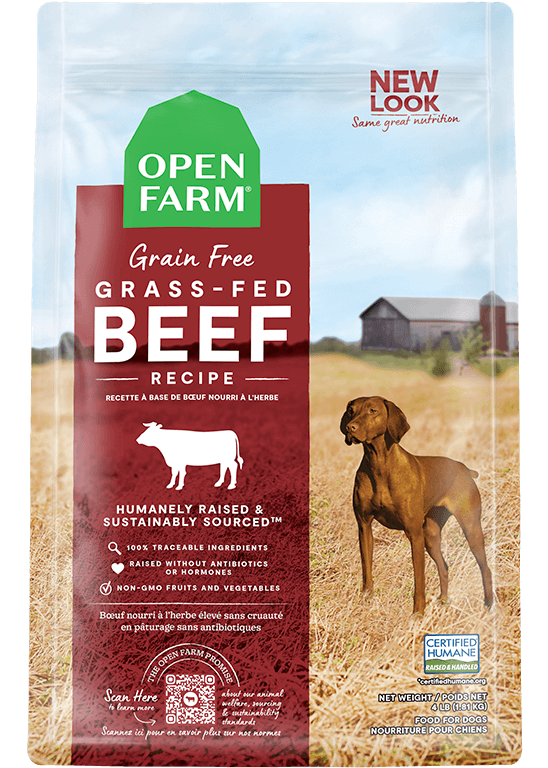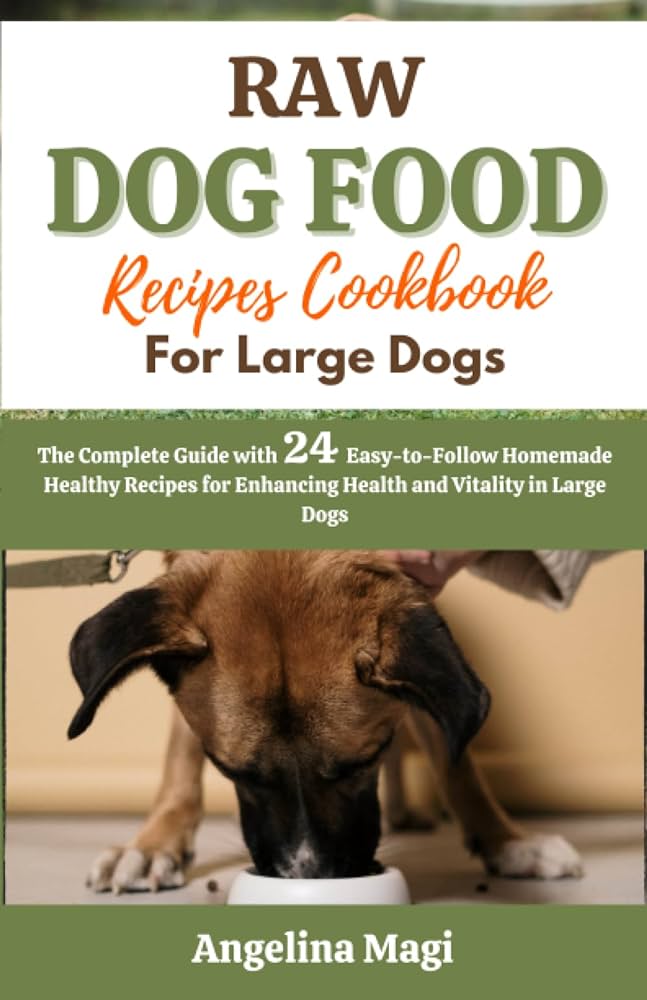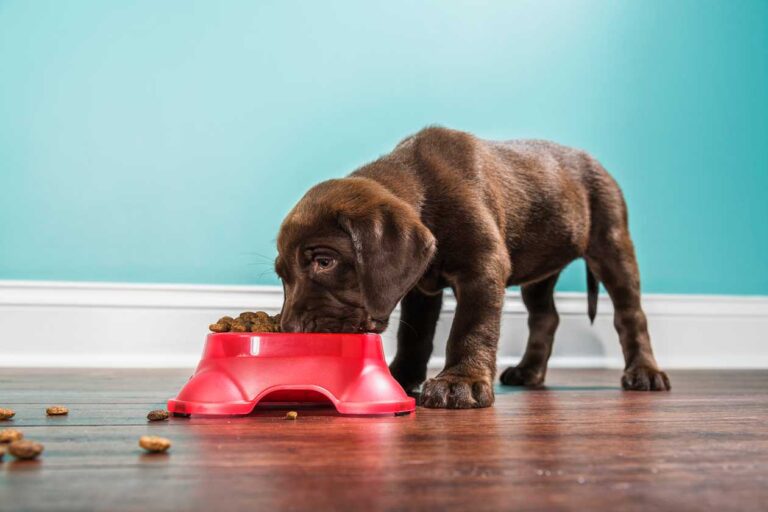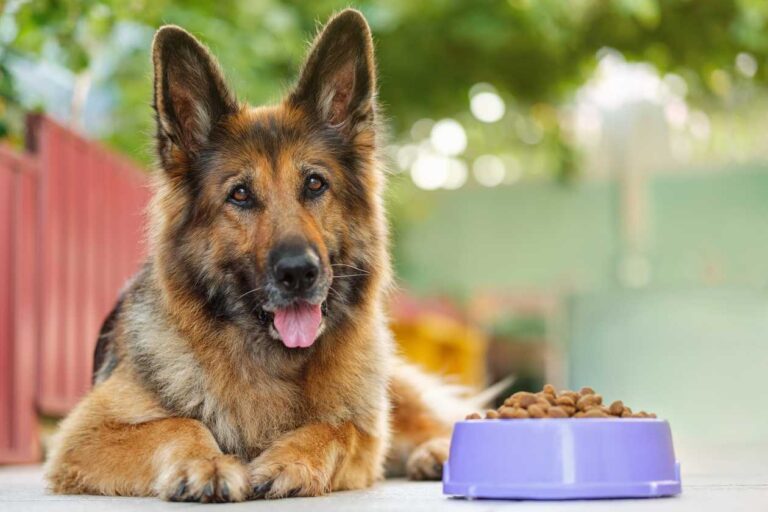How Often Does a Small Dog Eat: Ultimate Feeding Guide
Last Updated on April 10, 2024 by Petpalace54
A small dog should eat two meals a day. When it comes to feeding your small dog, it’s important to know how often does a small dog eat to maintain a healthy weight and lifestyle.
Small dogs, such as Chihuahuas and French Bulldogs, typically need to eat two meals a day due to their lower calorie needs compared to larger breeds. However, it’s important to also consider factors such as age, activity level, & individual health needs when determining how often to feed your dog.
Here, we’ll explore the factors that affect how often a dog should eat and provide tips for maintaining good feeding habits. Whether you’re a first-time dog owner or simply looking to improve your pup’s nutrition, this guide will help you provide your furry friend with the best possible care.
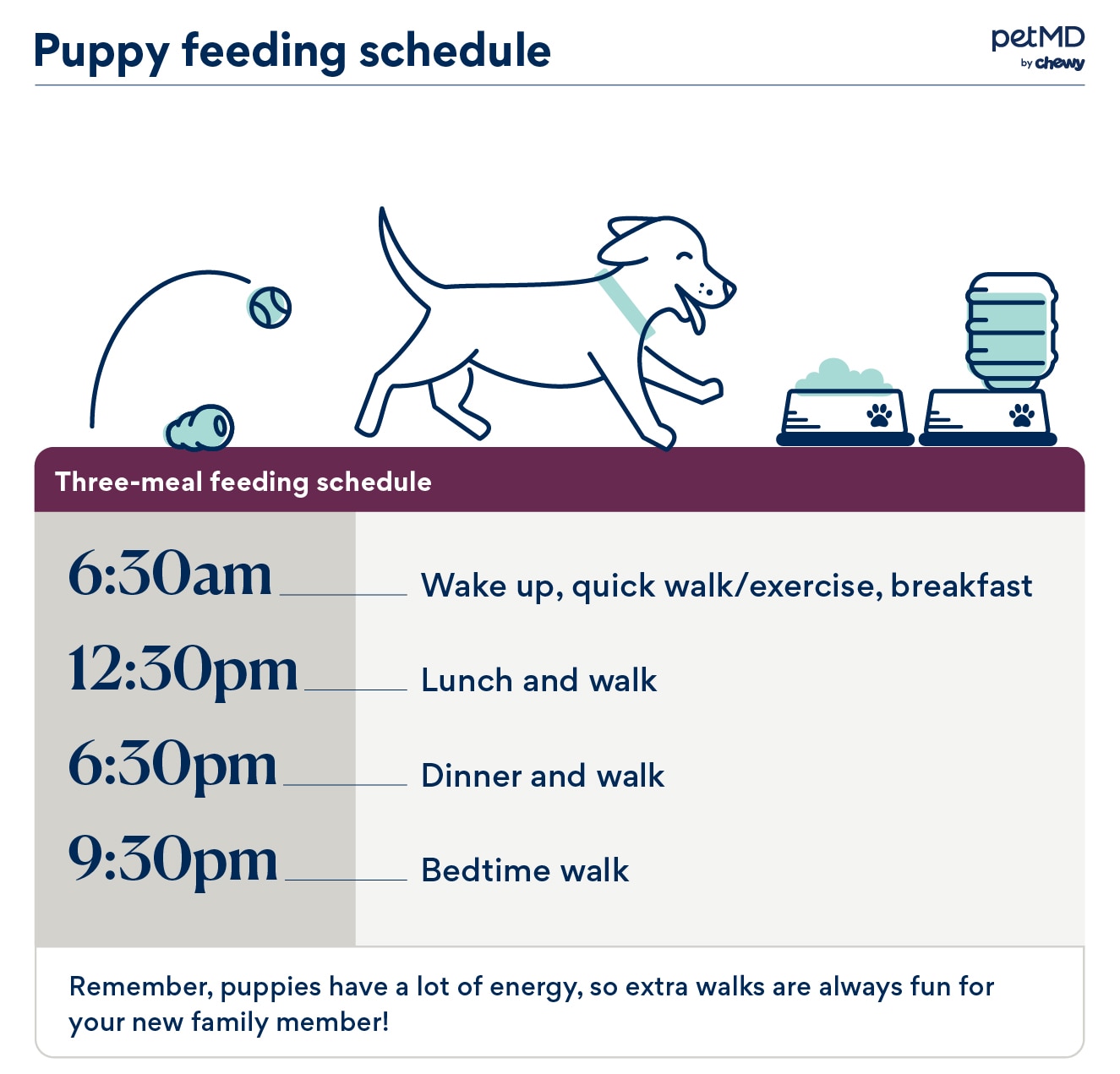
Credit: www.petmd.com
Table of Contents
How Often Should A Small Dog Eat?
As a dog owner, one of the most important responsibilities is to ensure that your furry friend is getting the right amount of food to keep them healthy and happy. For small dog breeds, such as Chihuahuas, Dachshunds, French Bulldogs, Pugs, or Shih Tzus, it’s important to feed them the appropriate amount of food to meet their nutritional requirements and avoid overfeeding.
Factors Affecting A Dog’s Feeding Schedule
There are several factors that can affect how often you should feed your small dog. The most important factors include:
- Age: puppies will require more frequent feeding than adult dogs.
- Size: smaller dogs will require smaller portion sizes and less frequent feeding compared to larger breeds.
- Health: dogs with certain health conditions may require a specific feeding schedule or a special diet.
- Activity level: more active dogs may require more frequent feeding or larger portion sizes.
Ideal Feeding Schedule For Small Dog Breeds
Generally, small dogs should be fed two meals a day to ensure they are getting enough nutrients to support their growth and maintain a healthy weight.
| Age | Feeding schedule |
|---|---|
| Puppies (up to 6 months) | 3-4 small meals a day |
| 6 months to adult | 2 meals a day |
However, it’s important to note that each dog is different, and some dogs may require a different feeding schedule based on their individual needs. Always consult with your veterinarian to determine the best feeding schedule for your small dog.
Difference In Feeding Schedule For Bigger Dogs
Bigger dogs may require more frequent feeding or larger portion sizes to meet their nutritional requirements. It’s important to adjust your feeding schedule accordingly to avoid overfeeding & weight gain.
Free feeding, or leaving food out all day, is not recommended as it may encourage overeating and lead to obesity & other health problems. Scheduled feeding, where you feed your dog at specific times of the day, is a better option to ensure your dog is getting the appropriate amount of food for their size and activity level.
:strip_icc()/Puppy-food-feeding-schedule-2804779-V4-d4ac3bd2b6764f9ebad94f3707561d70.png)
Credit: www.thesprucepets.com
Free Feeding Vs. Scheduled Feeding
Small dogs, such as Chihuahuas or Pugs, should eat two meals a day. This is due to their calorie needs being lower than that of bigger dogs. Choosing between free feeding & scheduled feeding ultimately depends on your dog’s individual needs and lifestyle.
Free Feeding vs. Scheduled Feeding: Which is Better for Your Dog?
When it comes to feeding your furry friend, you have two options: free feeding or scheduled feeding. Free feeding refers to leaving food out all day for your pet to eat whenever they please, while scheduled feeding refers to feeding your dog at specific times throughout the day. Both have their advantages and disadvantages, and it’s up to you to decide which is better for your dog. Let’s dive into the details and compare the two.
Advantages and Disadvantages of Free Feeding
Advantages of Free Feeding:
- Your dog can eat whenever they’re hungry and won’t have to wait for their next meal.
- It’s convenient for busy pet owners who don’t have time to follow a set feeding schedule.
- Free feeding can be beneficial for dogs who have health issues and need to eat smaller meals throughout the day.
- You won’t have to worry about your dog getting hungry during the night.
Disadvantages of Free Feeding:
- Your dog may overeat and become overweight, which can lead to health issues such as joint problems, diabetes, and high blood pressure.
- Leaving food out all day can attract insects and rodents to your home.
- You won’t have control over how much your dog is eating, which can make it difficult to monitor their food intake.
Advantages and Disadvantages of Scheduled Feeding
Advantages of Scheduled Feeding:
- You have control over your dog’s food intake and can ensure that they’re not overeating.
- Scheduled feeding can help prevent obesity and other health issues that come with overeating.
- You can monitor your dog’s eating habits, which can be important if they have a medical condition that requires a specific diet.
- You can establish a feeding routine that works for you and your pet.
Disadvantages of Scheduled Feeding:
- Your dog may become hungry before their next scheduled mealtime, which can be difficult if you’re busy or away from home.
- You may have to adjust your schedule to accommodate your dog’s feeding times.
- Dogs with certain health conditions may need to eat smaller meals throughout the day, which can be difficult with a set feeding schedule.
Which is Better for Your Dog?
Neither free feeding nor scheduled feeding is inherently better for your dog. It all depends on your dog’s individual needs, your lifestyle, and your preferences. It’s important to choose the option that works best for you and your furry friend. You can also try a combination of both and see what works for your dog. Ideally, you should consult with your veterinarian and get their advice on what feeding schedule would be best for your dog’s specific needs.
In conclusion, feeding your dog is an important responsibility that requires thought and effort. Whether you choose free feeding or scheduled feeding, make sure that your dog is getting the proper nutrition, & monitor their food intake to prevent health issues. A healthy and happy pet is a happy pet owner.
What Affects How Often A Dog Should Eat?
Small dogs, such as Chihuahuas, Dachshunds, French Bulldogs, Pugs, and Shih Tzus, typically eat two meals a day due to the number of calories they require. Compared to larger breeds, smaller dogs need fewer calories during the day. Other factors affecting how often a dog should eat include breed, age, weight, & overall health.
What Affects How Often a Dog Should Eat?
Feeding your small dog the right amount of food is important for their overall health and happiness. However, the frequency of feeding your dog is not a one-size-fits-all method. Many factors can affect how often a dog should eat, including their age, weight, overall health, type of diet, and physical activity level.
Dog’s age
The age of your dog plays a significant role in how often they should eat. Puppies need to eat more frequently to support their growth and development, typically 3 to 4 times a day. As they get older, their metabolism slows down, and they will require fewer meals per day. Adult dogs should eat two meals a day, & senior dogs may need to eat more frequently to accommodate their changing dietary needs.
Weight and overall health
A dog’s weight and overall health are also crucial factors to consider when deciding how often you should feed them. Overweight dogs should eat smaller, more frequent meals to help manage their weight, while underweight dogs may require more frequent meals to help them gain weight. Dogs with health conditions, such as diabetes, may also need to eat more frequently to keep their blood sugar levels stable.
Type of diet
The type of diet you feed your dog can also affect how often they need to eat. Some dog food brands are designed to be more filling, allowing your dog to go longer between meals. However, if you feed your dog a nutrient-dense diet, they may need to eat more frequently to meet their daily caloric needs.
Physical activity level
Finally, your dog’s level of physical activity can also impact how often they should eat. Dogs that are more active and burn more calories may need to eat more frequently to maintain their energy levels. On the other hand, dogs that are less physically active may need fewer meals to prevent overeating.
In conclusion, there are several factors to consider when deciding how often to feed your dog. As a responsible pet owner, it’s essential to monitor your dog’s weight and overall health & adjust their feeding schedule accordingly. By providing your dog with balanced, nutrient-dense meals throughout the day, you can help ensure they live a healthy, happy life.
Feeding Guidelines For Adult Dogs
Small dogs, such as Chihuahuas or Shih Tzus, usually require two meals a day due to their lower caloric intake. Bigger breeds need more calories throughout the day, whereas smaller ones don’t need as many. It’s best to stick to feeding guidelines and avoid overfeeding which may lead to health issues.
Feeding Guidelines for Adult Dogs
Feeding your furry friend is essential but, how often should you be feeding them? It is a question that many dog owners have asked themselves. Knowing how much food to give and at what times is crucial to maintain your pet’s health.
How much to feed
The amount of food to give to your small dog is influenced by several factors, including their weight, age, breed, and activity level. A general rule of thumb is to feed your dog about 2-3% of their body weight per day. For puppies, it is recommended to feed them 3-4 times per day. Moreover, it is best to consult with your veterinarian to find out how much and what type of food to give your unique furry friend.
Feeding times and frequency
For smaller breeds, two meals per day are recommended instead of leaving food out all day. Scheduled feeding prevents overeating and encourages healthy weight management. Moreover, sticking to a fixed feeding routine can help your dog prevent health issues such as gastrointestinal, dental, & orthopedic disorders.
Different feeding styles
Be sure to choose a feeding style that is best for you and your pet and make sure to stick with it. There are different feeding styles to consider, such as free feeding and scheduled feeding. Free feeding allows your dog to consume food at their leisure, & it is best for dogs who are self-regulating eaters, while scheduled feeding reduces the likelihood of overeating.
In conclusion, feeding your small dog requires careful consideration and planning to maintain their health. By adhering to a fixed feeding routine and ensuring you’re providing the right amount and type of food, you can provide your furry friend with a healthy and happy life. Use these guidelines as a starting point, & always consult with your veterinarian if you have any concerns about your dog’s diet.
Feeding Guidelines For Puppies
Small dogs, such as Chihuahuas and Pugs, should have two meals a day. Since smaller breeds require fewer calories, two meals are sufficient. Feeding schedules also depend on the dog’s age, size, & health condition.
Feeding Guidelines for Puppies
When it comes to raising a puppy, one of the main areas of concern is their food and water intake. Feeding your puppy too much or too little can be detrimental to their health, growth, and development. Therefore, it is essential to establish proper feeding guidelines early on and stick to them. In this blog post, we will focus on feeding guidelines for puppies, specifically exploring how much to feed, feeding times and frequency, & different feeding styles.
How Much to Feed
Determining how much to feed your puppy can be based on various factors such as breed, current weight, age, & activity level. Most commercially prepared puppy food provides feeding guidelines on the packaging based on your puppy’s age and weight. Typically, puppies should consume between ¼ to 1 cup of food per meal, twice a day. You can consult your vet for specific recommendations based on your puppy’s individual needs and adjust accordingly.
Feeding Times & Frequency
Small puppies have smaller stomachs than adult dogs, and they require smaller but frequent meals. It’s recommended to feed puppies 3 to 4 times a day until they are six months old. After that, you can reduce the frequency to twice a day. Having specific feeding times is also crucial for maintaining a healthy diet. Feeding your puppy the same time every day helps regulate their metabolism & digestion, making it easier for them to digest and absorb nutrients.
Different Feeding Styles
There are different feeding styles that pet parents can adopt for their puppies. The two most popular feeding styles are free-feeding and scheduled feeding. Free feeding is when you offer your puppy food throughout the day without specific feeding times. Scheduled feeding is when you feed your puppy at set times and only for a fixed amount of time. Free-feeding can lead to overeating, so it’s best to avoid it if you’re trying to prevent obesity.
In conclusion, establishing proper feeding guidelines for puppies is critical for their health and growth. It’s essential to feed them the right amount of food, at the right time, & with the right feeding style. By following our recommendations for how much to feed, feeding times and frequency, & different feeding styles, you’ll ensure that your puppy always gets the necessary nutrition they need to thrive.
Healthy Treat Options
For smaller breeds like Chihuahuas, Dachshunds, French Bulldogs, Pugs, or Shih Tzus, they should eat two meals a day. Calorie intake depends on the size of the dog since bigger dogs need more calories during the day, but smaller dogs don’t need as many.
Healthy Treat Options for Small Dogs
As pet owners, we all want to treat our furry friends to something special once in a while. However, it’s important to remember that treats should be given in moderation & should not replace a well-balanced diet. This is especially true for small dogs, who have a smaller stomach capacity & fewer caloric needs. To help you choose the best treats for your small dog, we’ve put together this guide on healthy treat options.
Best Treats for Small Dogs
When choosing treats for your small dog, look for ones that are specifically made for smaller breeds. These treats are usually smaller in size, which makes them easier to chew and digest. You’ll also want to choose treats that are low in calories and high in protein. Here are some of the best treats for small dogs:
- Jerky treats made with high-quality protein sources like chicken or beef
- Soft, chewy treats made with natural ingredients like sweet potato or pumpkin
- Dental chews that help clean your dog’s teeth and freshen their breath
- Crunchy treats made with brown rice or oatmeal for added fiber
- Freeze-dried treats made with 100% meat for a high-protein snack
How Often to Give Treats
Small dogs should not be given treats more than 10% of their daily caloric intake. For example, if your small dog needs 300 calories per day, they should not consume more than 30 calories in treats. It’s also important to remember that treats should not replace meals, and you should stick to a regular feeding schedule of two small meals a day to prevent overeating.
Homemade Treat Options
If you’re looking to provide your small dog with a healthy & inexpensive treat, consider making homemade treats. Not only are these treats free from preservatives and additives, but they’re also a fun way to bond with your furry friend. Here are some homemade treat options:
- Peanut butter bones made with whole wheat flour and natural peanut butter
- Frozen yogurt bites made with plain Greek yogurt and fresh fruit
- Carrot sticks that are washed, peeled, and cut into small pieces
- Chicken breast jerky made by slicing cooked chicken breast into thin strips and baking at a low temperature
Finally, by choosing healthy treat options and limiting the frequency of treats, you can keep your small dog happy and healthy. Remember to always read the label & choose treats that are specifically made for small breeds, and always consult with your veterinarian if you have any questions about your dog’s diet. By treating your furry friend to something special from time to time, you’ll strengthen your bond and show them the love and care they deserve.
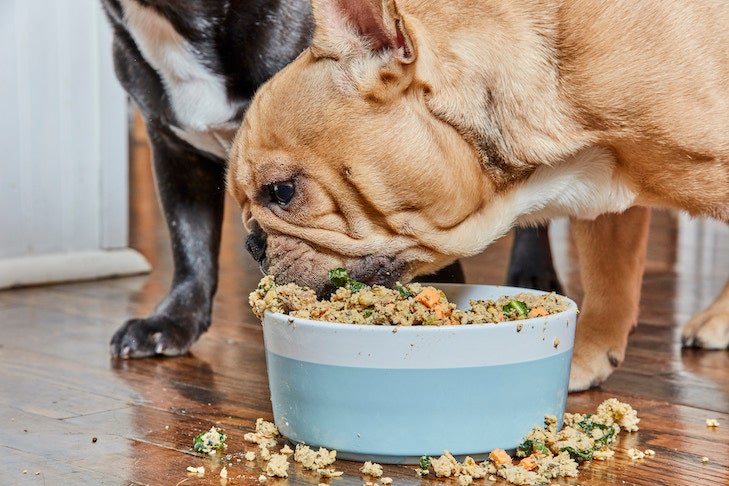
Credit: www.akc.org
Frequently Asked Questions On How Often Does A Small Dog Eat
How Often Should A Small Dog Eat?
For smaller dog breeds like Chihuahuas, Dachshunds, French Bulldogs, Pugs, or Shih Tzus, it’s recommended to feed them twice a day. Bigger dogs require more daily calories, and smaller dogs don’t need as much. Overfeeding should be avoided to prevent them from developing health issues like obesity, diabetes, and kidney or liver damage.
Is It Ok To Feed Your Dog Once A Day?
It’s best to feed smaller dog breeds like Chihuahuas or Pugs twice a day due to their lower calorie needs. Feeding your dog once daily can lead to health issues. It’s better to establish a feeding schedule with the appropriate portion sizes.
Avoid leaving food out all day, as dogs may overeat and become overweight, leading to health problems.
Do Small Dogs Need 3 Meals A Day?
Small dogs typically require two meals a day instead of three due to their lower calorie needs. Breeds such as Dachshunds, Chihuahuas, Shih Tzus, Pugs, and French Bulldogs fall into this category. Leaving food out all day could lead to overeating, resulting in health issues such as joint problems, diabetes, and hypertension.
Should I Leave Food Out All Day For My Dog?
No, you should not leave food out all day for your dog. Overfeeding can lead to health issues such as obesity, joint problems, and diabetes. Small breeds like Chihuahuas and Pugs need two meals a day with the appropriate amount of calories.
Stick to a feeding schedule and avoid free feeding.
Conclusion
Feeding your small dog according to their size, breed, and activity level is essential for their overall health and well-being. Instead of free-feeding, providing two meals a day is recommended for most small breeds to ensure they receive the necessary nutrients without overeating.
Additionally, leaving out food all day can lead to health issues like obesity & overeating. By following a consistent feeding schedule and portion control, you can help your small dog maintain a healthy weight and live a happier, healthier life.

